In 1845 George and James Hope arrived on the western edge of the Wimmera district of Victoria, near the town of Edenhope (established some years later) a scant thirty kilometres from the South Australian border. They chose the shores of a lake as part of their 48,000 ha selection, naming it Lake Wallace after William Wallace who’d been the first man to explore the region two years earlier.

If the name sounds familiar, it should be. This William Wallace is said to be a direct descendant of the Scottish folk hero of the same name. The man who defeated the English at the Battle of Stirling Bridge in 1297 and was appointed Guardian of Scotland finally met defeat at the Battle of Falkirk in 1298. When eventually captured he was hanged, drawn and quartered by King Edward I of England for treason. Not sure who I’m referring too? Watch the Oscar-winning movie Braveheart starring Mel Gibson.
Back on the shores of Lake Wallace a woolshed was needed. Built by Chinese migrants in 1864 on their way to try their luck at the Ballarat goldfields, Lake Wallace Woolshed is a striking ironstone building. It is said that the Chinese carried the ironstone in wheelbarrows for about 5km to construct what would eventually become a 10-stand shed that still stands on the property.
Most of the Wimmera is very flat. Only the Grampians and Mount Arapiles rise above the vast plains. Where once sheep roamed in huge numbers, dry-land farming abounds. The area was first surveyed by the perpetual traveller Thomas Mitchell in the mid-1830s. Clearly this was not a man content to stay in one spot based on the areas he is recognised with mapping. Mitchell is credited with naming the Grampians after a mountain range in his native Scotland and with naming the region Wimmera, adapting a word from the local indigenous language meaning ‘throwing stick’. I think the battle-weary William Wallace would have pleased with that.
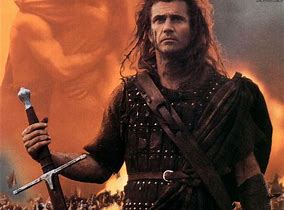

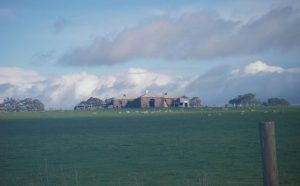

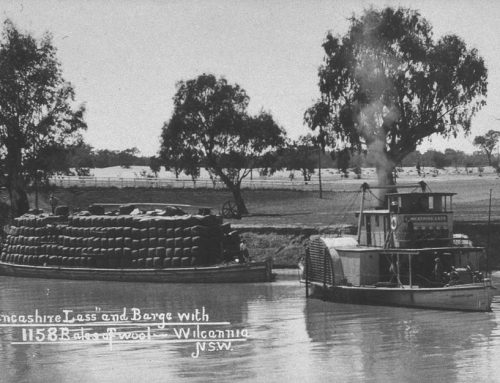

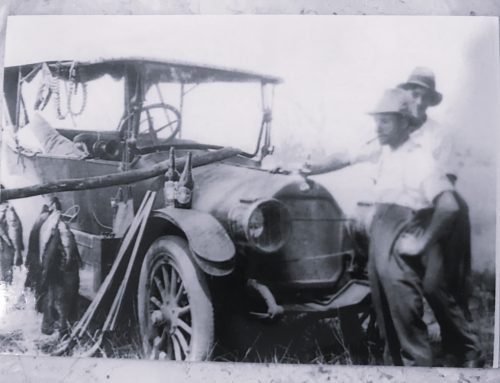
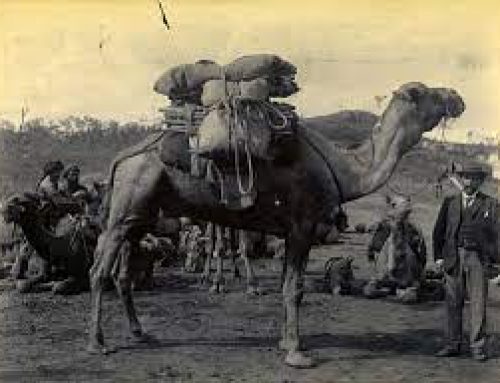
Very interesting article. I wish Australian history was taught more in our schools, there is so much we could learn.
I believe there is some conjecture about who built the shed with some believing it was aboriginal labour and not Chinese. Great piece of history
William Wallace, of Lake Wallace fame, was my g-g-grandfather. I hadn’t heard the story about descent from William Wallace of history (and I don’t believe the Mel Gibson movie was anywhere near historically accurate), but I do know that my William Wallace named his property “Elderslie” after the village where historical William was born. My William was originally from Nairn in Scotland, via Tasmania. He returned to Scotland in poor health in the late 1850s and died there. His brother John farmed near Ballan on the Moorabool River, and John’s son Donald was the owner of racehorse Carbine.
Wonderful history. Thankyou for sharing.